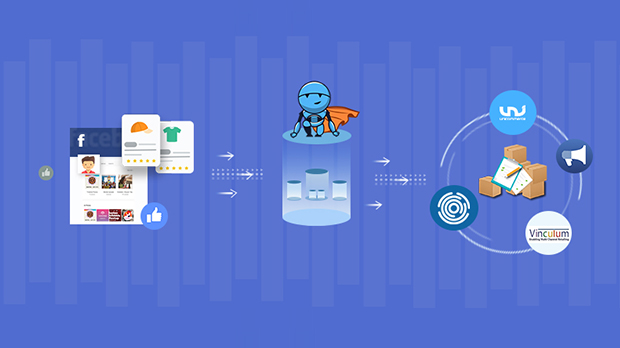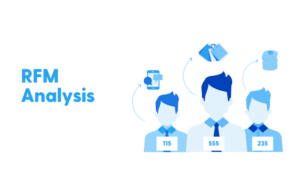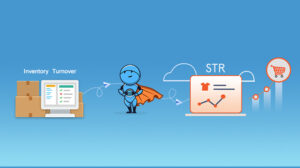Nowadays the average person spends upward of 40 minutes on Facebook each day, making it a very lucrative platform for marketers when it comes to online advertisement. But that doesn’t mean that everyone is getting their money’s worth. Most businesses are losing money through Facebook Ad campaigns with lower than expected ROIs. Thus more companies are striving for ads that are more targeted and relevant. Dynamic Product Ads or DPAs are one such solution but that is saving the day for most brands today. But there are multiple factors that might impact Dynamic Product Ad ROIs on Facebook. Today we will focus on how simply having updated inventory data can help you get the most out of your Facebook Ad campaigns.
The process of Setting up Dynamic Product Ads on Facebook
Since Dynamics Product Ads are most effective in remarketing campaigns, you need to install Facebook Pixel on your website to track the customer’s behavior. For your mobile app, you need to use Facebook’s SDKs. The Ads get triggered by some specific events like :
- Product View
- Product Purchase
- Add to Cart
The trigger enables you to track the user’s activity on your website and Mobile App and then show them curated Ads on Facebook based on the events they have triggered. Then it would be best if you created an optimized target audience on Facebook, upload your product catalog and also create product sets, so that you show specific sets of products to specific audiences, based on their activities.
The process of Uploading Product Catalogs
The most challenging step is to update and submit the optimized Product Feed daily. Data accuracy has always been considered to be a key factor as you cannot display inaccurate availability, values, information, or broken links to the shoppers. Your product feed should always reflect all the data changes in your store and your inventory regularly. Some marketers manually do the changes; they regularly upload CSV or XML files containing specific necessary fields like

Nowadays, many plug-ins are available, that automatically sync your inventory data to Facebook and other Ad Platforms like Flexify from Shopify or PixelCaffaine by WooCommerce, to name a few.
The Challenge Faced By The Marketers
The biggest challenge faced by marketers when it comes to Facebook Ads is that a lot of money gets wasted on irrelevant ads. For example, Ads for a product that is no longer in stock may still be running. Feeding your inventory data to Facebook from your inventory management systems like Olabi, Vinculum, and Unicommerce solves this problem. This would enable Facebook to know exactly how much of which products are available for which locations so that the impressions of ads happen accordingly, reducing redundant clicks, and audience engagement. The lack of proper inventory data is just one of the many reasons why your Facebook Ads don’t give higher returns. To get the most out of Facebook Ads, you need a more optimized Ad delivery. Like showing Ads to people who have triggered a particular event on your website or a mobile app like searching a specific product, reading its reviews, searching competitor products, clicking on different buttons or adding a particular product to their cart or wishlist. For this, you need to integrate your Google Analytics data or data from other additional tools you might be using.
Similarly, a lot of different data needs to be fed to Facebook, such as whether a user has searched for a particular product on Google or responded to some SMS or email marketing campaigns. So the more data from various sources that you can collect and use in your Facebook campaign, the more optimized will be your Ad delivery. It is not possible to natively feed all of this data to Facebook. This data needs to be collected in a data warehouse and adequately analyzed before relevant information is used to drive Facebook ad campaigns. Collecting data from so many sources and then creating proper reports for detailed analysis is a mammoth task if done manually.
How does Daton improve your Facebook Ad Campaigns?
Daton seamlessly integrates with various apps and tools and consolidates that data into your data warehouse so that you can feed more useful data to drive better ROIs from Facebook Ads. Daton lets you integrate your CRMs like Zoho, Analytics Tools like Google Analytics, Marketing software like WebEngage, Inventory management systems like Vinculum, Unicommerce and collect all your data coming from different sources in a central data warehouse, which can then be easily analyzed, to track user behavioral patterns, product demand, and other metrics. This enables you to feed greatly optimized data to Facebook so that you can get more out of your Dynamic Ads Campaign.













